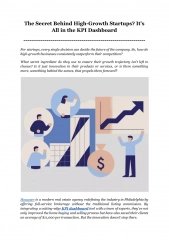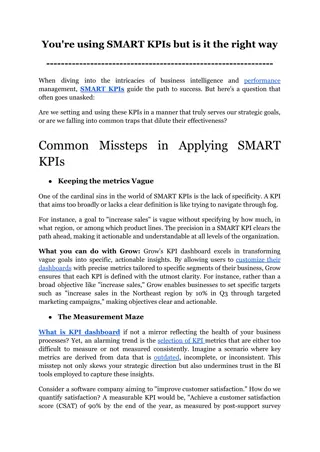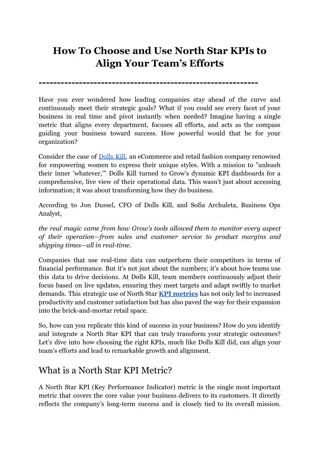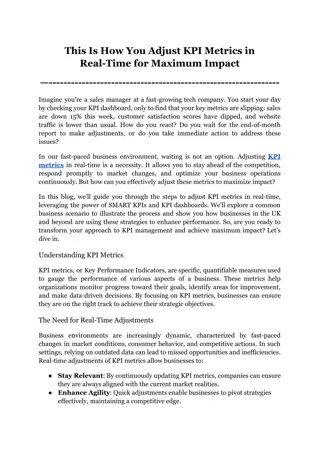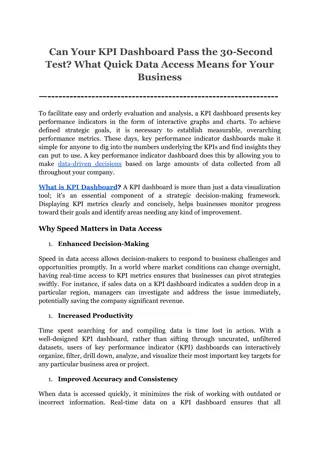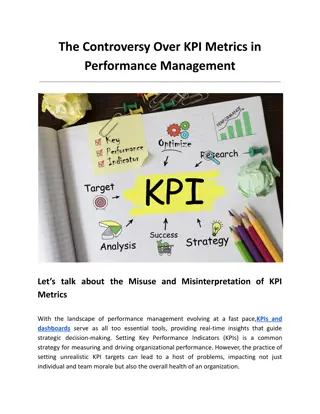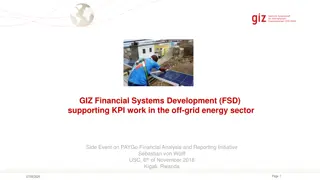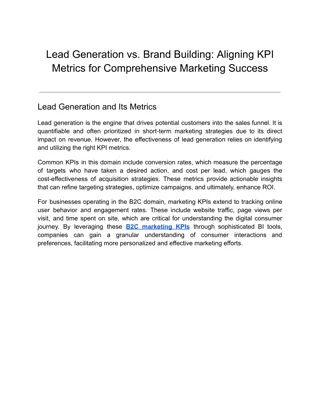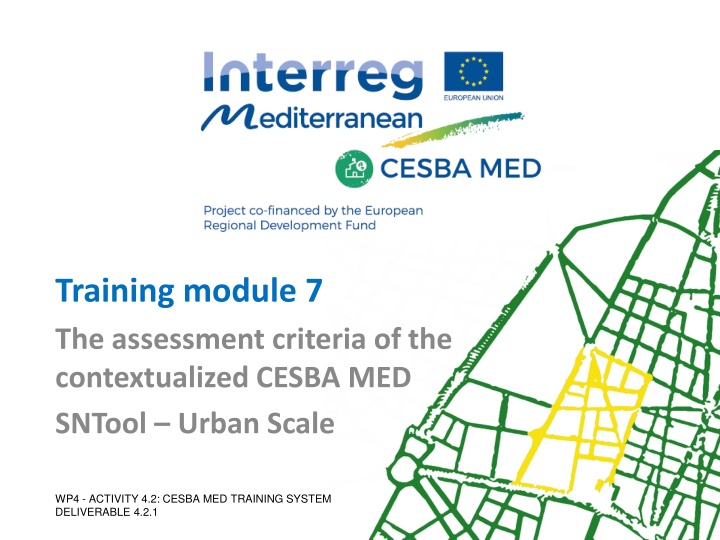
Assessment Criteria for Renewable Energy Share in Final Electric Energy Consumption
Explore the assessment criteria for determining the share of renewable energy in final electric energy consumption. This criterion evaluates the impact of renewable fuels on fossil and nuclear fuel substitution, promoting decarbonization in the Mediterranean region and progress towards the Europe 2020 renewable energy target.
Download Presentation

Please find below an Image/Link to download the presentation.
The content on the website is provided AS IS for your information and personal use only. It may not be sold, licensed, or shared on other websites without obtaining consent from the author. If you encounter any issues during the download, it is possible that the publisher has removed the file from their server.
You are allowed to download the files provided on this website for personal or commercial use, subject to the condition that they are used lawfully. All files are the property of their respective owners.
The content on the website is provided AS IS for your information and personal use only. It may not be sold, licensed, or shared on other websites without obtaining consent from the author.
E N D
Presentation Transcript
Training module 7 The assessment criteria of the contextualized CESBA MED SNTool Urban Scale WP4 - ACTIVITY 4.2: CESBA MED TRAINING SYSTEM DELIVERABLE 4.2.1
C.2.7 - SHARE OF RENEWABLE ENERGY ON-SITE, ON FINAL ELECTRIC ENERGY CONSUMPTIONS C.2.7 - SHARE OF RENEWABLE ENERGY ON-SITE, ON FINAL ELECTRIC ENERGY CONSUMPTIONS ISSUE C. Energy CATEGORY C.2 Renewable and decarbonized energy TRAINING MODULE 7 THE ASSESSMENT CRITERIA OF THE CONTEXTUALIZED CESBA MED SNTOOL URBAN SCALE 2
C.2.7 - SHARE OF RENEWABLE ENERGY ON-SITE, ON FINAL ELECTRIC ENERGY CONSUMPTIONS INTENT To incentive the consumption and production of renewable energy. TRAINING MODULE 7 THE ASSESSMENT CRITERIA OF THE CONTEXTUALIZED CESBA MED SNTOOL URBAN SCALE 3
C.2.7 - SHARE OF RENEWABLE ENERGY ON-SITE, ON FINAL ELECTRIC ENERGY CONSUMPTIONS ASSESSMENT METHODOLOGY - DESCRIPTION The criterion assesses the share of renewable electric energy in final electric energy consumptions and, by implication, the degree to which renewable fuels have substituted fossil and/or nuclear fuels and therefore contributed to the decarbonisation of the Mediterranean area economy. It also shows what is the progress towards Europe 2020 target for renewable energies. TRAINING MODULE 7 THE ASSESSMENT CRITERIA OF THE CONTEXTUALIZED CESBA MED SNTOOL URBAN SCALE 4
C.2.7 - SHARE OF RENEWABLE ENERGY ON-SITE, ON FINAL ELECTRIC ENERGY CONSUMPTIONS ASSESSMENT METHODOLOGY DATA REQUIREMENT Indicator Unit Data source Share of renewable electric energy in final electric energy consumptions % Metered or estimated data TRAINING MODULE 7 THE ASSESSMENT CRITERIA OF THE CONTEXTUALIZED CESBA MED SNTOOL URBAN SCALE 5
C.2.7 - SHARE OF RENEWABLE ENERGY ON-SITE, ON FINAL ELECTRIC ENERGY CONSUMPTIONS ASSESSMENT METHOD Option 1: Use of estimated data Step 1 Calculate the annual total final electric energy consumption (kWh/year) for building operations* for each building in the local area** Sum the annual final electric energy consumption of each building up to an aggregated total annual final electric energy consumption (kWh/year) Calculate the annual final electric energy consumption from on-site renewable energy sources (kWh/year) for each building in the local area Sum the annual final electric energy consumption from on-site renewable sources of each building up to an aggregated total annual final electric energy consumption from on-site renewable sources (kWh/year) Calculate the indicator as: annual total final electric energy consumption from on-site renewable sources / annual total final electric energy consumption Step 2 Step 3 Step 4 Step 5 * Building operations include: heating, cooling, ventilation, auxiliaries, domestic hot water and lighting ** Take both residential and non-residential buildings into account Estimated data are used for evaluating retrofit scenarios in planning and decision-making processes. The source of data must always be clearly declared. TRAINING MODULE 7 THE ASSESSMENT CRITERIA OF THE CONTEXTUALIZED CESBA MED SNTOOL URBAN SCALE 6
C.2.7 - SHARE OF RENEWABLE ENERGY ON-SITE, ON FINAL ELECTRIC ENERGY CONSUMPTIONS ASSESSMENT METHOD Option 2: Use of metered data Collect metered annual final electric energy consumption (kWh/year) for building operations* for each building in the local area** Sum the annual final electric energy consumption of each building up to an aggregated total annual final electric energy consumption (kWh/year) Step 3 Collect the monitored annual final electric energy consumption (kWh/year) from on-site renewable sources for each building in the local area Step 4 Sum the annual final electric energy consumption from on-site renewable sources of building up to an aggregated total annual final electric energy consumption from sources (kWh/year Step 5 Calculate the indicator as: annual total electric energy generation from on-site renewable energy sources / annual total final electric energy consumption Step 1 Step 2 each on-site renewable * Building operations include: heating, cooling, ventilation, auxiliaries, domestic hot water and lighting ** Take both residential and non-residential buildings into account The metered energy consumption is suitable for the indicator s calculation only if the building has been in use for 3-years, in order to ensure that there has been time enough to have building systems reach their normal operating efficiency levels, and also to factor out unusual seasonal variations. This means that the buildings assessed are at least 3 years old. TRAINING MODULE 7 THE ASSESSMENT CRITERIA OF THE CONTEXTUALIZED CESBA MED SNTOOL URBAN SCALE 7
C.2.7 - SHARE OF RENEWABLE ENERGY ON-SITE, ON FINAL ELECTRIC ENERGY CONSUMPTIONS IMPORTANT NOTES According with the Directive 2009/28/EC (RES Directive), energy from renewable sources means energy from renewable non-fossil sources, namely wind, solar, aerothermal, geothermal, hydrothermal and ocean energy, hydropower, biomass, landfill gas, sewage treatment plant gas and biogases. Heat pumps enabling the use of aerothermal, geothermal or hydrothermal heat at a useful temperature level need electricity or other auxiliary energy to function. The energy used to drive heat pumps should therefore be deducted from the total usable heat. Only heat pumps with an output that significantly exceeds the primary energy needed to drive it should be considered. Exported energy is the one delivered by technical systems through the system boundary (urban area) and used outside the system boundary. Exported energy is a benefit beyond the system boundary and it has not to be included in the calculation. TRAINING MODULE 7 THE ASSESSMENT CRITERIA OF THE CONTEXTUALIZED CESBA MED SNTOOL URBAN SCALE 8


